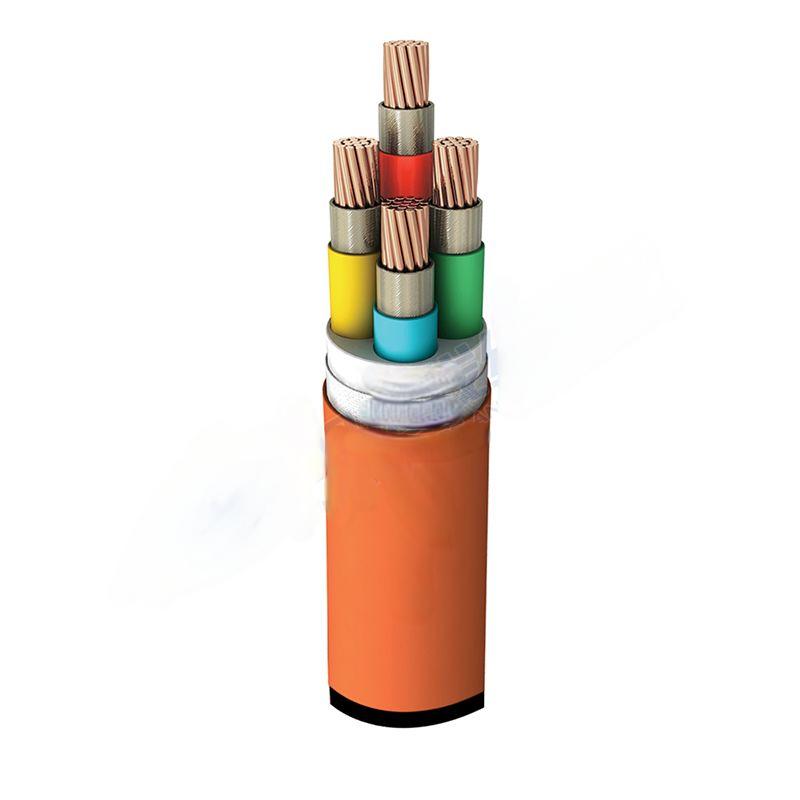Nov . 08, 2024 16:42 Back to list
actuated ball valve
Understanding Actuated Ball Valves A Comprehensive Overview
Actuated ball valves are essential components in various industrial applications, serving as automated devices that control the flow of fluids through pipes. Combining the mechanism of a ball valve with an actuator provides enhanced control and efficiency, making them a popular choice across numerous sectors, including oil and gas, water treatment, chemical processing, and HVAC systems. This article delves into the workings, benefits, applications, and installation considerations of actuated ball valves.
What is an Actuated Ball Valve?
A ball valve consists of a spherical disc (ball) with a bore, which allows for smooth fluid flow when the valve is open and blocks it when closed. The actuator is a mechanical device that operates the valve, enabling it to open or close based on external signals. Actuators can be powered by electric, pneumatic, or hydraulic systems, providing versatility depending on the specific requirements of an application.
How Do Actuated Ball Valves Work?
The operation of an actuated ball valve is relatively straightforward. When the actuator receives a signal—often from a control system such as a Programmable Logic Controller (PLC)—it engages the mechanism to rotate the ball 90 degrees. This rotation can either open or close the valve. Electric actuators are powered by electricity, allowing for precise control and easy integration with electronic monitoring systems. Meanwhile, pneumatic actuators utilize compressed air to control the valve, offering rapid responses and high-speed operations suitable for dynamic processes.
Advantages of Actuated Ball Valves
1. Efficiency Automated operation reduces manual labor and the risk of human error, increasing overall system reliability and efficiency. 2. Precision Actuators can provide fine-tuned control over fluid flow rates, which is essential for processes requiring exact measurements.
3. Safety Actuated ball valves can be integrated into remote monitoring systems, allowing operators to manage valves safely from a distance, minimizing exposure to hazardous substances.
4. Durability Ball valves are known for their robust construction and long service life. When paired with a suitable actuator, they can withstand extreme pressure and temperature conditions.
Applications of Actuated Ball Valves
actuated ball valve

Actuated ball valves are versatile tools used in many settings, including
- Oil and Gas Used for oil extraction, transportation, and refining processes, where controlling fluid flow and pressure is crucial. - Chemical Processing Employed in the movement of chemicals in manufacturing processes, ensuring high standards of safety and accuracy. - Water Treatment Utilized in filtering and treating water, actuated ball valves control the flow of water through different treatment stages effectively.
- HVAC Systems In heating, ventilation, and air conditioning systems, these valves help manage the flow of water or air, contributing to energy efficiency and temperature regulation.
Installation Considerations
When installing actuated ball valves, several factors must be considered to ensure optimal performance
1. Selection of Actuator Choose an actuator that is compatible with the valve size, required torque, and the specific application requirements.
2. Environmental Conditions Consider the environment where the valve will be installed. Factors such as temperature, pressure, and potential exposure to corrosive materials will influence the type of valve and actuator selected.
3. Control System Integration Ensure that the chosen actuator can seamlessly integrate with existing control systems for effective operation.
4. Maintenance Regular maintenance checks should be scheduled to ensure that both the valve and the actuator function properly over time.
Conclusion
Actuated ball valves represent a sophisticated solution for fluid control in various industrial settings. Their combination of efficiency, precision, and safety makes them indispensable in many applications. As industries continue to evolve and demand greater reliability and automation, the importance of actuated ball valves is likely to grow, heralding a new era of fluid management technology. Understanding their operational principles and applications helps engineers and technicians select the right systems for their specific needs, ultimately contributing to the efficiency and safety of industrial processes.
Share
-
priming-a-pump-with-a-foot-valve-with-strainerNewsAug.23,2025
-
the-importance-of-a-y-strainer-in-pump-protectionNewsAug.23,2025
-
stainless-steel-ball-check-valve-for-high-purity-applicationsNewsAug.23,2025
-
common-applications-for-wafer-type-butterfly-valvesNewsAug.23,2025
-
seat-options-for-a-12-inch-knife-gate-valveNewsAug.23,2025
-
the-lifespan-of-a-typical-dismantling-jointNewsAug.23,2025


